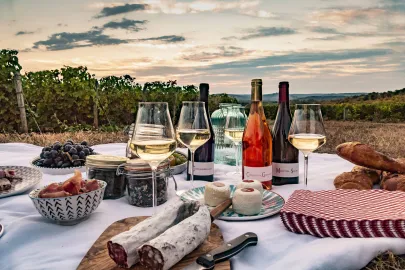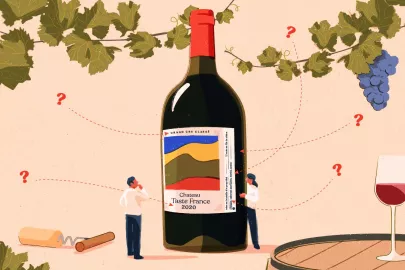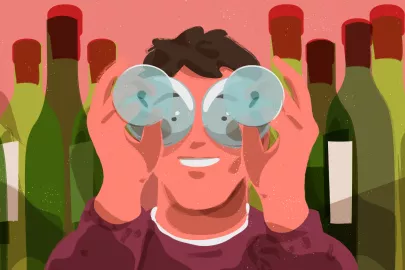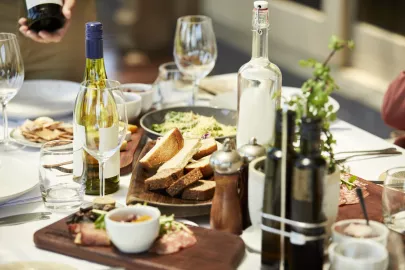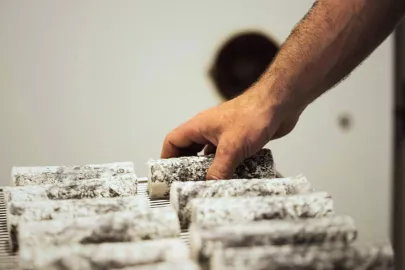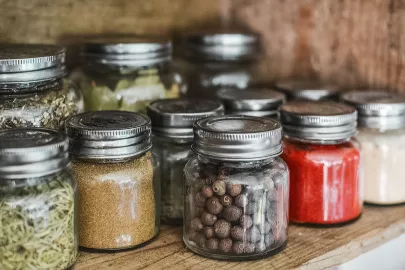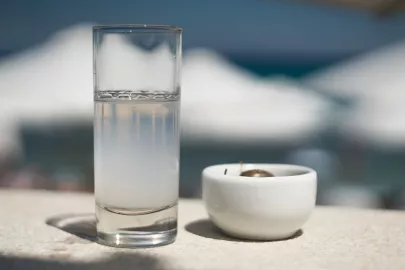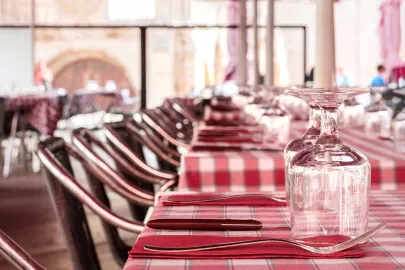We’ve all been there – receive a nice bottle of wine, scope it out on the Internet, and learn a little more about what’s behind the bottle. Though shortly after, the inevitable question arises: drink now or lay it down?
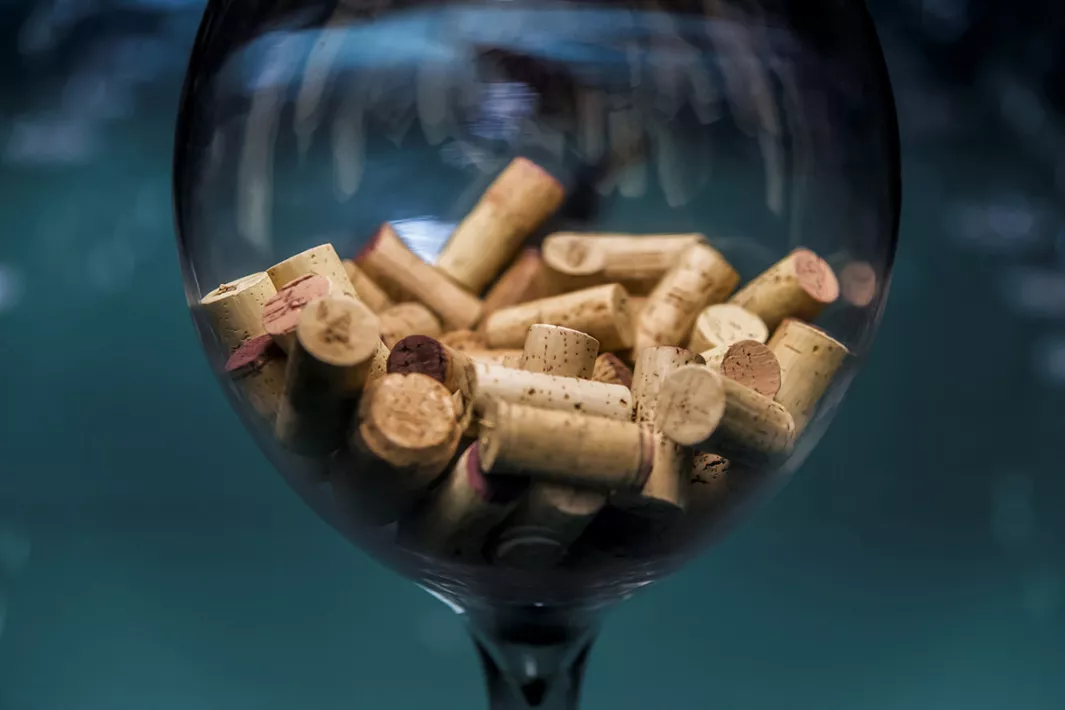
Whether completely new to wine or a well-seasoned imbiber, knowing which wines to age remains one of the industry’s most trickiest concepts. However, we’re here to let you know that it’s actually not as complicated as you may think! Contrary to popular belief, figuring out which wines to cellar is simply just a matter of considering the ten criteria below.
If you’re curious about whether a bottle (or few) in your possession will withstand the test of time, we’ve got your back. Follow the simple checklist below to figure out whether to pop the cork now or revisit your wine(s) down the line.
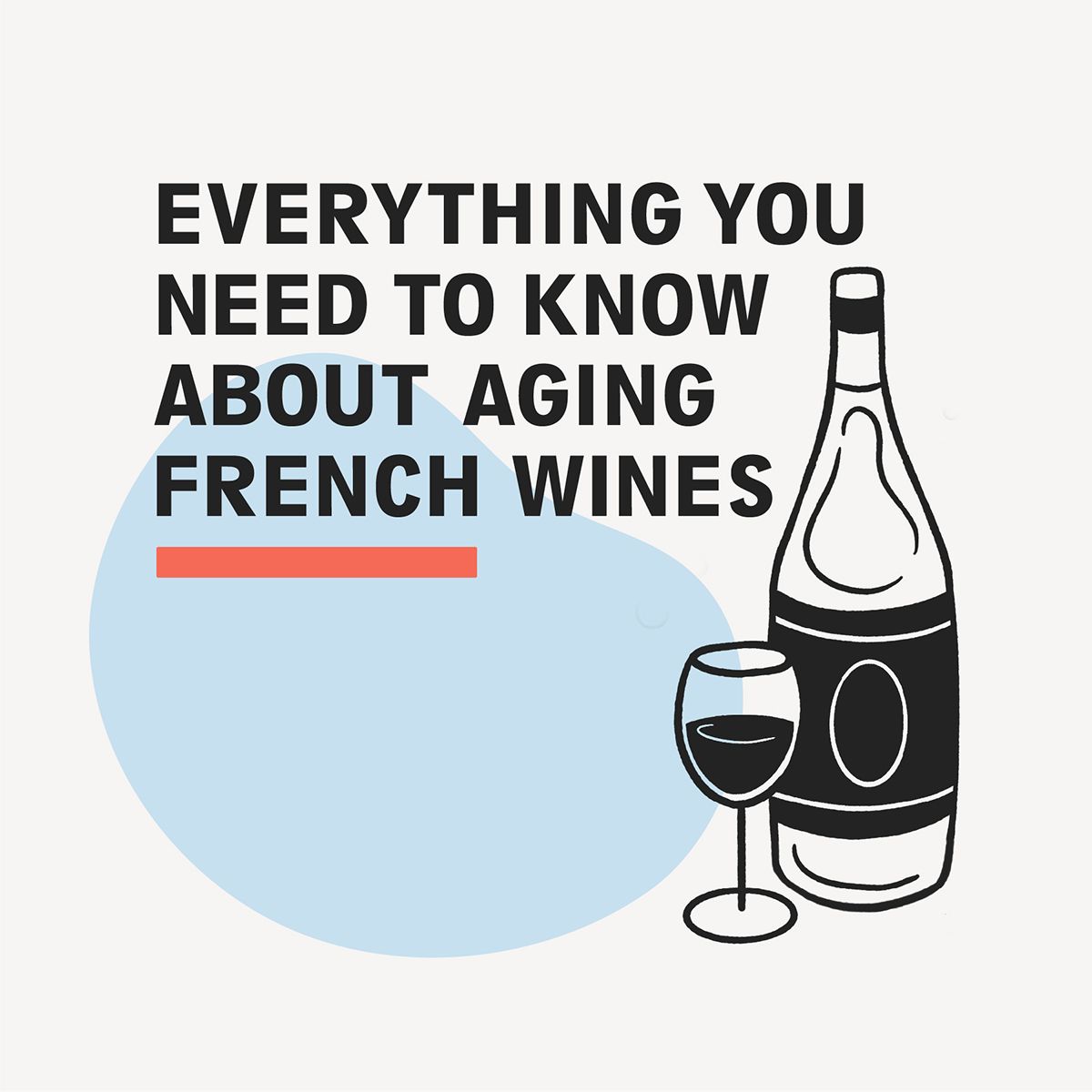
Question: Should I Age This Wine?
Not Everything Needs to Age!
This is the most important point of them all! Did you know that 99% of wines are made for immediate consumption? It’s true. The majority of wines put on the market are produced to be enjoyed within the first five years of their vintage. Only a mere 1% of wines are made to withstand the test of time, so you may have already found your answer here.
Price Point
Still think you may have a cellar-worthy candidate? First, consider the price point of the bottle in question. While price is definitely not the only determining factor of quality and ageability (there are plenty of delicious wines available in the $12 - $25 price range), it certainly plays a substantial role.
Think about it in terms of quality first. Just like you’re probably not going to find a super tasty and well-made wine for under $12, you’re likely not going to find one that’s worth aging under the $30 price point. Of course there are exceptions to the rule, though most wines within this price point really won’t improve after one to five years.
This, coupled with the few bullet points below, has a lot to do with why wines are priced the way that they are, too. Don’t worry, we’ll explain.
Producer Reliability
Producer reliability is a big factor here. There’s a reason why the greats remain the greats. Think of some of the classic French regions / producers that have long been in collectors’ cellars: Chave, Comtes Lafon, classified Bordeaux Growths… the list goes on and on. These names have withstood the test of time because they’ve proven themselves to be reliable over the years. It’s no surprise that most serious wine drinkers would never turn down a pour of Dujac or d’Angerville, as these high-quality producers continue to hold the benchmark for delicious wines that hold up well in the cellar.
Don’t get us wrong – we’re not suggesting that you write off new producers altogether. There are of course plenty of up-and-coming vignerons / vigneronnes making high-quality juice worthy of any cellar. However, seeking out some expert opinions on producers you may not know, as well as sticking to the classics, are both never bad ideas.
Read Up on the Vintage
Like producer reliability, vintage can play a huge role when figuring out a wine’s ageability. [Note: While vintage is always an interesting topic of discussion, it’s less important for wines that meant for immediate consumption.] If you’re curious about a wine’s ability to age, check out a few vintage reports from the region / vintage from which your bottle hails.
Similar to why producer classics have remained the classics, there’s a reason why vintage reports have long been useful tools for cellar builders everywhere. The experts creating these listicles have been tasting wines and visiting their respective regions for decades, making them experts in deciphering a wine’s potential ageability for the future.
Vintage report writers also have deep connections with the producers at hand, meaning they’re getting information directly from the source about a year’s given weather conditions, how the fruit developed, and how the wines were handled / progressed in the cellar, as well as insight into evolving older vintages of past wines.
Consider Structure
Lastly, consider the structure of the wine at hand. [This can be done through reading producer / importer / critic notes or tasting an additional bottle on your own, should the option to have two on hand be available.] Assessing a wine’s structure involves taking its acid, tannins, and overall integration into mind. Wines’ with high acid tend to hold up over time, as acidity protects the wine against oxidation. Acidity is also a key factor in helping to keep wines fresh, energetic, and ‘alive.’
Sugar also acts as a natural preservative for wine, which is why some of the strongest cellar-worthy candidates are dessert wines from Sauternes and Alsace. Highly tannic wines will also develop over time, as austerely tannic wines in their youth will mellow out over the years.
Lastly, fortified wines (that is, wines that are produced with the addition of neutral distillate – think the Vins Doux Naturels wines of southern France) also make for excellent cellar-worthy candidates, as their higher levels of alcohol and neutral distillate presence act as natural preservatives, too.
Horizontal Is the Way to Go
Although maximizing storage capacity is a good reason for cellaring bottles horizontally, there’s actually a much bigger reason why cellared wines should be kept on their side. When aging wines for the long haul, it’s imperative to keep the cork moist – that’s to say, one must ensure that the wine is constantly in touch with the cork closure. When a wine’s cork stays moist, this keeps the closure swelled, which therefore creates a more sealtight environment. This blockage prevents the wine from experiencing undesired contact with oxygen, which causes wine to deteriorate. Simply put, side rest is best!
Into the Darkness
Now that you’ve got your wines on their side, keeping them in a dark place is also key. Just like ensuring that air stays out of the wine, you’ll equally want to make sure that zero light makes contact with the bottles, as light (which is commonly associated with heat) has a similar oxidative effect on the juice. Allowing wines to experience ample contact with light can also alter the hue of the wine, and therefore lead to unwanted discoloration.
Humidity Matters
Building on the last point, in addition to keeping light out, ensuring that your cellar’s humidity is in check is also essential. Similar to the reason behind aging wines horizontally, storing your bottles in a humid environment keeps moisture present, which simultaneously keeps the cork wet and maintains an airtight environment. Should a wine’s cork become dry and brittle (and therefore allow oxygen to seep in), you can basically guarantee that the wine’s aromas and taste will be pretty damaged.
Cellaring Options
Let’s face it – most of us, whether apartment dwellers or homeowners – don’t necessarily have a state-of-the-art wine cellar built into our living space. Though worry not! Makeshift ‘cellars’ totally get the job done. For those living in full-size houses, garages generally make for great wine storage spaces, as they tend to be damp, dark, and relatively cool. For those that call urban-based apartment spaces home, purchasing temperature-controlled wine coolers are a great solution. These products are also made with darkness and humidity in mind, which checks all of our boxes for foolproof wine aging at home.
MythBusters: Rotating Bottles, Moving From Place to Place, & More
There are quite a few myths behind the art of aging wine, and we’re here to break them down once and for all. One of the more common stories is that aging wines should be ‘rotated’ – in other words, the bottles should be twisted ever so slightly from time to time to prevent sediment build up. The reality is, if you’re aging wines for an extended period of time, sediment is likely to be a byproduct, and rotating the wines is really only going to continue to allow the sediment to move freely within the wine, rather than letting it settle. Another myth behind rotating bottles is that it helps to keep the cork moist. In reality, simply keeping bottles stored on their sides will do the job, and rotating the wine will not at all increase the juice’s contact with the cork.
Another common thought is that one should move aging wines as little as possible, and we couldn’t agree more with this statement. Excessively shifting wines (this includes rotating the bottles) causes sediment to move within the bottle, which will inevitably cause it to become cloudy or gritty, should you plan on drinking it soon.
Lastly, many professionals advise allowing an old wine to stand upright for a bit of time prior to opening and enjoying them. We also firmly stand behind this statement, as it allows all of the wine’s sediment to collect at the bottom. Some sources claim that a few days of standing upright is necessary prior to enjoyment, though we feel that a few hours does the trick.
Contributor

Editor






